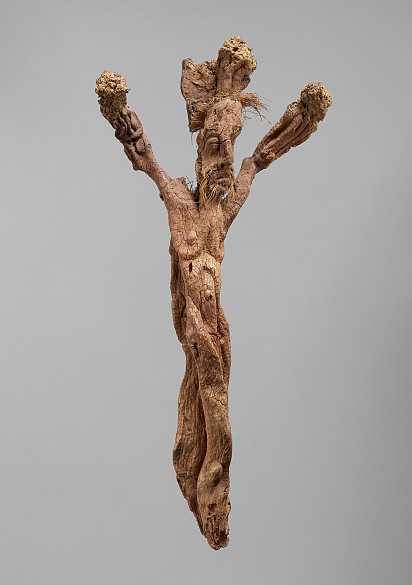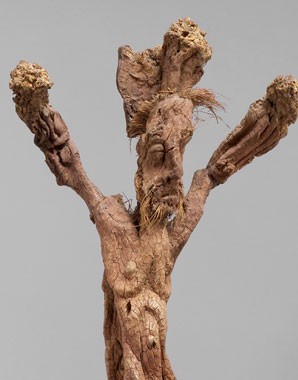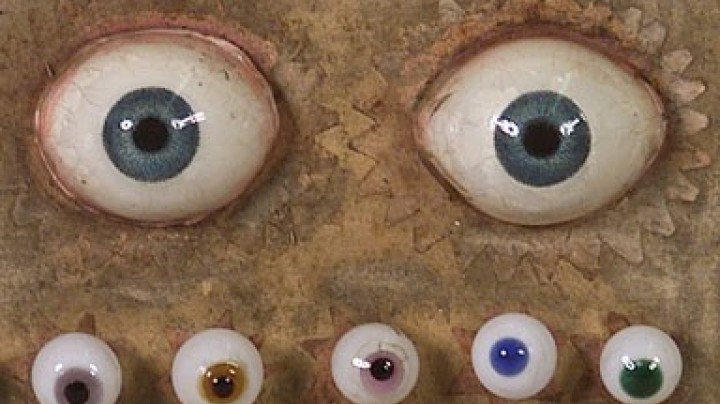Healing with herbs. Theriac and other remedies
Popular faith in natural healing powers was based on millennia of tradition and lore handed down over the generations. Notions of magic and religious faith combined with the active substances derived from plants promised miraculous relief.
Especially potent healing properties were ascribed to plants with a striking appearance, such as the mandrake, which resembles the human form and was therefore believed to possess magical powers. Following the principle of outward similarity, beans were prescribed for kidney trouble, while heart-shaped leaves and plants with red blossoms were supposed to cure heart conditions and blood disorders.
This strategy of treating ‘like with like’ reflected the so-called doctrine of signatures, its best-known representative being Paracelsus. Based upon the premise that man cannot be regarded as an entity in himself but rather as part of a macrocosm, this doctrine taught that any substances missing from the human body had to be supplied from natural sources and superfluous ones purged. Even uneducated peasants were aware of the curative powers of plants, and often the sick first went to a Kräuterweib (lit.: ‘herb-woman’), as academically trained physicians in the sixteenth century seldom practised and chiefly devoted themselves to the study of their medical tomes. The herb-woman would try to help the patient with a combination of herbal remedies, spells and prayers. However, only very few women and men were knowledgeable in this field of magical healing, a circumstance made them vulnerable to charges of witchcraft.
An efficacious and popular, if expensive, antidote was theriac, which is still known today, in a slightly modified form, as Swedish bitters. Over the course of time many such tonics were developed, but their preparation became ever more costly and elaborate. Apart from opium, viper’s flesh was an important ingredient and had to be imported from Venice at an exorbitant price. Mumia, another ingredient, was equally difficult to obtain as it was a substance made from mummified or embalmed corpses. In the sixteenth century, many a trading town profited hugely from importing special products from overseas. Naturally, alternatives for these expensive ingredients were sought, which is why in popular medicine, mumia was often substituted by the much cheaper human fat known as ‘poor sinner’s fat’, purchased directly from the executioner.














